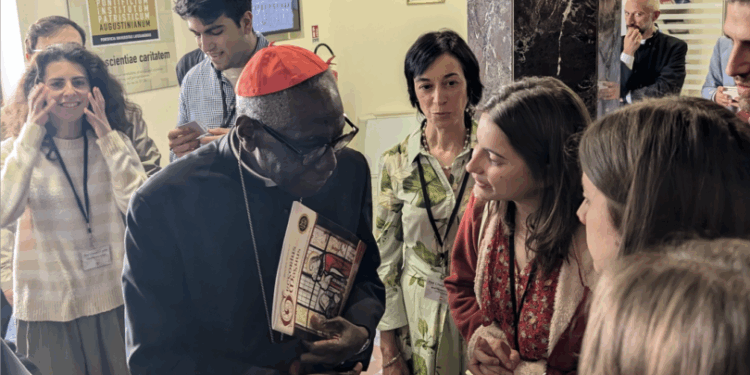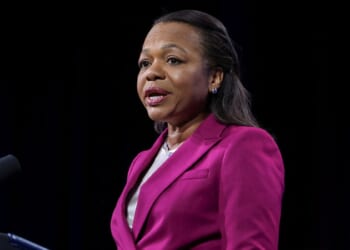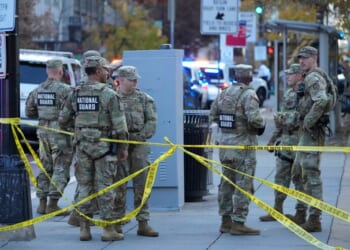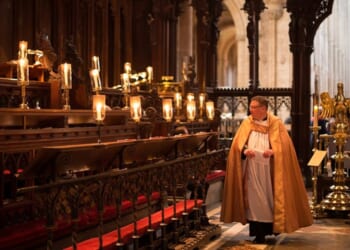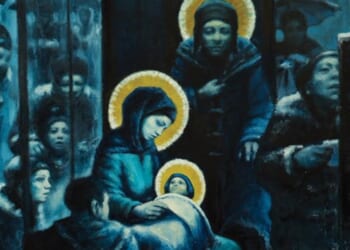(LifeSiteNews) — Maybe it was the unexpectedly clear Roman skies and the warm bask of the late October sun, but from October 24, the first day of 2025’s Summorum Pontificum Pilgrimage, as traditional Catholics from around the world made their way to the “Augustinianum” for the Pax Liturgica meeting, the sense of hope was palpable.
The atmosphere that filled the Augustinian Patristic Pontifical Institute from morning to night carried something missing of late in the life of traditional Catholics: the sound of confidence, of expectation, even of joy.
Traditional Catholics, devotees of the Traditional Latin Mass (TLM) and the Church’s ancient teachings, have occupied a precarious place in the Church since the Second Vatican Council in the 1960s, subject to persecution, derision, censure and exclusion (not least from the late Pope Francis). This time, however, none of the expected feelings of dread or exasperation were present.
Formally, this annual event is named Peregrinatio ad Petri Sedem (or “the pilgrimage to Peter’s seat”), but it is known as “Summorum Pontificum” after Benedict XVI’s 2007 document that liberated the TLM. Causing much consternation, Pope Francis effectively tore that up in 2021. What followed this reversal was a harsh set of restrictions which many felt were painful and put unnecessary difficulties and obstacles in the lives of devoted Catholics.
From its birth in 2012, the pilgrimage had as its high point a pontifical High Mass at the Altar of the Chair in St. Peter’s Basilica. Another casualty of the new restrictions, that was abruptly halted after 2021. This year, however, with special dispensation from Pope Leo XIV, the High Mass returned.
As the shadows along the Via della Consolazione shortened in the midday light, the Augustinanum hall filled with faithful from almost every continent. Most immaculately dressed in long summer dresses or three-piece suits, these pilgrims were strikingly diverse – young families, elderly converts, seminarians, laymen, and religious. They were Americans and Africans, Latin Americans and Asians, Germans, Poles, Italians, Danes, and French – all brought together by one Faith and one liturgy thought obscure by many even within the Catholic world.
‘Yes to liturgical peace!’
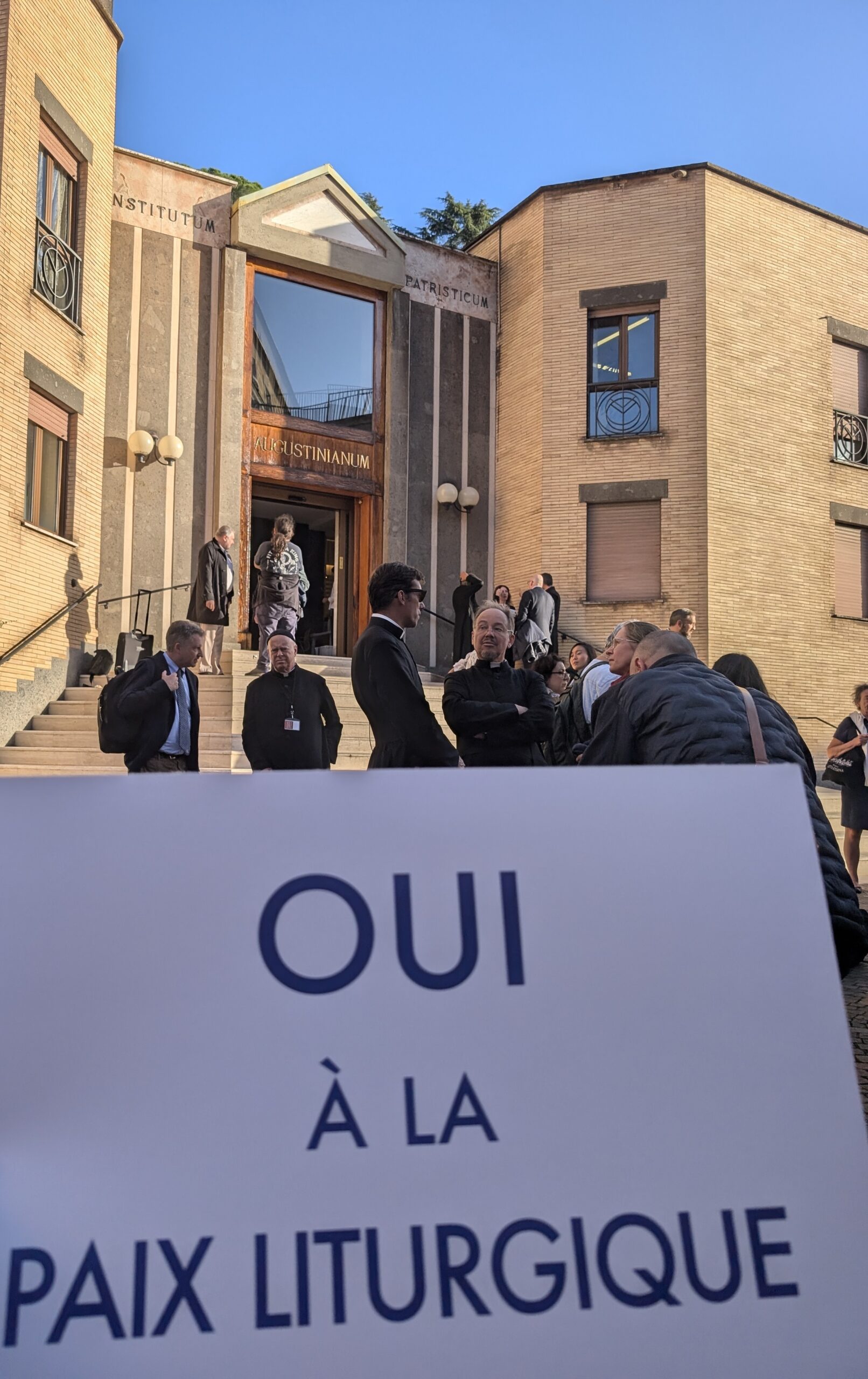
For years liberal prelates such as Cardinal Blaise Cupich have suggested that attendees of the TLM are too “rigid,” orthodox, and conservative and accused them of disobedience, heterodoxy, and extremism. Yet in the hall there was no spirit of confrontation, only a quiet resolve to live the Faith as their fathers had done – and, above all, in peace.
At the entrance of the Augustinianum pilgrims received placards that read “Oui à la paix liturgique!” – Yes to liturgical peace! The event itself was co-organized by the group Paix Liturgique, whose name strongly resembled the posture of the pilgrims.
An organizer spoke with measured hope that the new pontificate of Leo XIV – the first North American Pope – might bring calm after the storm. The Holy Father’s first words from the loggia of St. Peter’s Basilica – “Peace be with all of you” – were cited. Those words, spoken on a bright May evening, were in gentle contrast to the untraditional “Buonasera” that had opened the Francis years in a chill March darkness.
‘What our fathers have done was done properly’
Korantin Dennis, a Breton layman whose own regional pilgrimage has grown to more than 2,000 participants from 120 in eight years, spoke next.
“In Brittany,” he said, “we have a phrase: what our fathers have done was done properly.”
He extended this maxim to the Church herself. The ancient liturgy, he reminded his listeners, has sanctified generations of saints, converted nations and nourished Catholic civilization for centuries. To suggest that such a rite could suddenly become obsolete – at precisely the moment of the Church’s greatest decline – was to ignore the lesson of history.
Since the abandonment of what our fathers had handed down, he argued, the Church had entered a catastrophic period of stagnation and regression.
The truth about the bishops’ report
Dennis spoke from the heart, and Christian Marquant, president of Paix Liturgique, spoke from the record.
He recalled the scandal of the Vatican survey used to justify Pope Francis’ Traditionis Custodes. For years Catholics were told that this report had shown widespread episcopal dissatisfaction with Summorum Pontificum. When the document was finally leaked, the truth proved the opposite.
While only a fraction of the world’s bishops had responded, the vast majority of those who did so were favorable to the traditional rite. In the United States alone, 72% of bishops answered the survey — and only five of 178 wanted the old Mass discontinued.
“The results were absolutely not negative,” Marquant said plainly.
Benedict XVI himself, he added, had been “perplexed” to see his work overturned. The bishops had testified that Summorum had brought peace and stability — a true settlement to the liturgy wars.
Letters from around the world had praised the old rite: Switzerland called it “a factor in the integration of foreigners”; Great Britain said it “brings peace”; Tahiti named it “a treasure of the Church”; the Czech Republic reported it “meets pastoral needs and is requested by the young.” Even Australia stated that “diversity is legitimate,” while the Philippines, Singapore and Italy all asked for its continuation.
Only Honduras and a few Brazilian dioceses had complained. Germany warned that suppressing the old rite would “drive traditionalists to the SSPX.
“Maybe Pope Francis was manipulated in his last years as he was sick,” Marquant mused.
Diane Montagna, the veteran Vatican correspondent who had obtained and published the report, spoke next.
Having discovered the old Mass only later in life, she spoke of the astonishment of seeing it so alive among the young and among families — and of her desire to use her work to defend this fragile corner of the Church.
When word spread that a report on the TLM was being compiled, she sensed the process was not honest. She began to pray intently that she might obtain it somehow.
Miraculously, she did.
Publication of the document caused a storm across Catholic media, confirming what many had long suspected: that the suppression of the old liturgy had been built upon misrepresentation.
When I asked whether she had faced retaliation, Montagna smiled.
“Andrea Grillo came out and wrote an article against me — questioning my journalistic skills and theological understanding,” she said. “That really means nothing to me.”
Outside the Augustinianum’s hall, Cardinal Robert Sarah appeared briefly to greet pilgrim. I managed to kiss his ring and receive his blessing. Rumour contends that his meeting with the Holy Father, in which he is said to have advocated on behalf of traditionalists’ pleas, bore fruit.
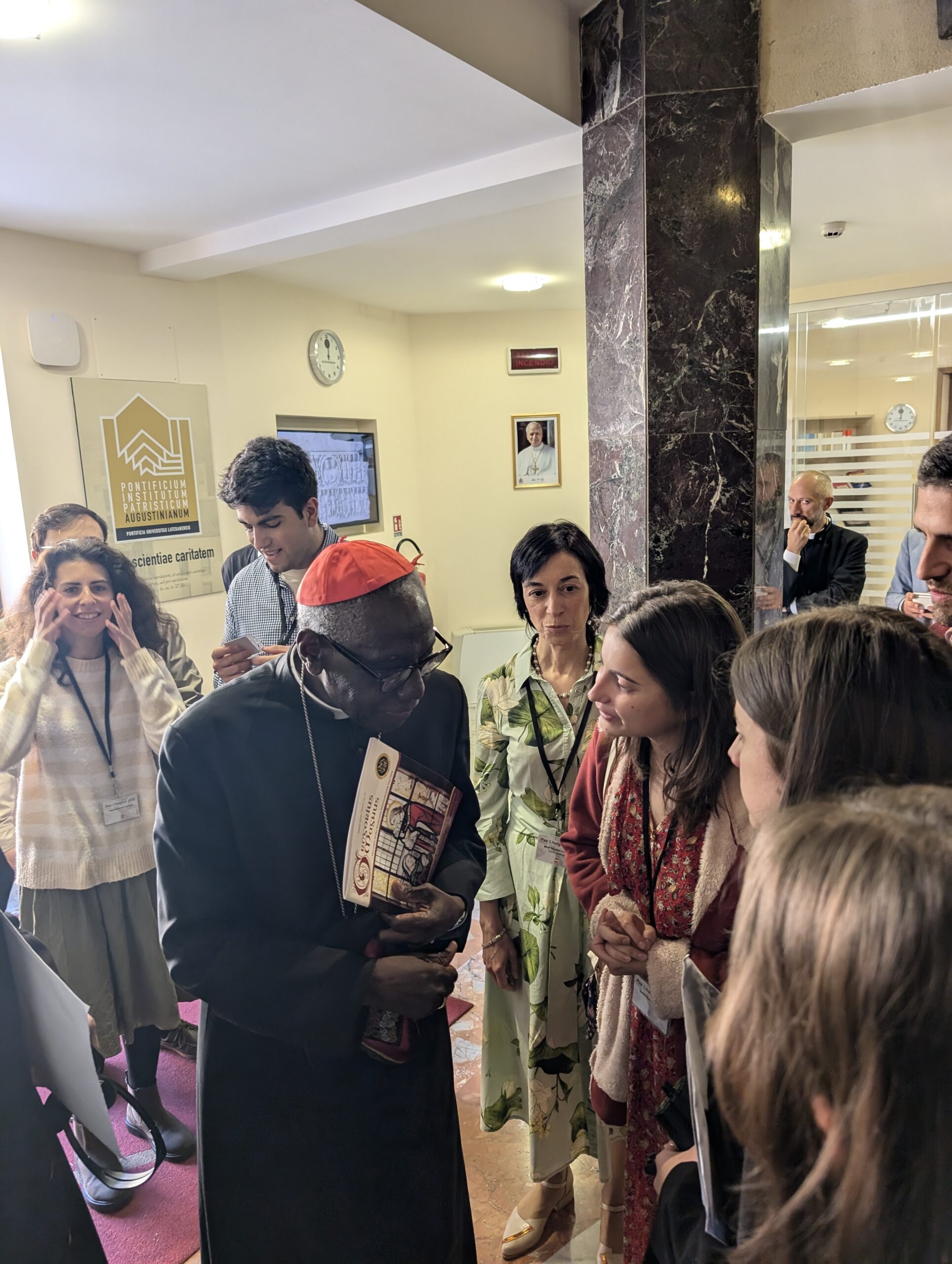
From new age to the Mass of the Ages
After a brief interlude, Brazilian journalist Pietra Bertolazzi took the stage. With nearly a million followers on social media, she was easily the most famous convert in the room — and shared a remarkable story.
Bertolazzi spoke of a childhood marked by instability, of years spent in new age practices, of a turn to Protestantism and then to Opus Dei before discovering the fullness of the Catholic faith in its traditional form.
As a young professional she had once shared research critical of feminist ideology and was swiftly “cancelled” by her peers. She underwent a lot of soul-searching afterwards, questioning many of her presuppositions. “The entire time I was praying, ‘Lord, show me the truth,’” she recalled.
Supported at first by Protestant conservatives, she encountered an Opus Dei Catholic whose intelligence shattered her anti-Catholic prejudices. “These people weren’t all ignorant statue-worshippers,” she said, smiling.
Her reading convinced her that “there was no such thing as a primitive Church other than the Catholic one,” and that “the Church founded by Constantine was the same founded by Christ.”
Later, an exorcist told her that prayers in Latin were particularly powerful. When she attended her first Traditional Latin Mass, Bertolazzi wept. “Something was missing” at her Novus Ordo parish, “and there, it was complete.”
Her conversion, like Montagna’s discovery, was born of prayer. After a novena to Saint Joseph, she said, she was granted the grace to remove her daughter from a secular Brazilian school despite her agnostic ex-partner’s fierce objections. Today, she is a mantilla-wearing traditionalist — outspoken, devout and fearless.
‘The best way to build bridges’
The final speaker, Father João Silveira — a Portuguese missionary and former organizer of the pilgrimage — travels the world teaching priests how to celebrate the old Mass and helping laity who desire it.
He showed slides from his journeys: a congregation in Korea singing Gregorian chant. Though half a world away, he said, “that Mass was my Mass.”
From Vietnam to Goa to Timor Leste he found the same zeal, the same reverence. “The old Latin liturgy is the best way to build bridges,” he said.
Silveira added humor as well as witness. “Once I had to celebrate a TLM alongside a nun with a guitar and a PowerPoint,” he said. “If you had asked me before, I’d have told you I’d prefer to listen to the lectures of Andrea Grillo.”
The hall laughed.
“What’s the difference between a liturgist and a terrorist?” he later asked. “You can actually negotiate with a terrorist.”
‘Christus Vincit’
As dusk settled over Rome, the day closed with thunderous singing of “Christus Vincit” by hundreds of Catholics with the conviction born of the marriage of suffering and faith.
Then the pilgrims made their way to the Basilica of San Lorenzo in Lucina for pontifical Vespers presided over by Cardinal Matteo Zuppi and with Cardinal Raymond Leo Burke in attendance. The church was packed.
Zuppi — a liberal by reputation but no enemy to the old rite — preached on unity, and in that moment his words seemed to confirm what many had dared to hope: that peace, long absent, might yet return. In that peace, every attendee seemed to believe traditionalism might once again flourish.
Whether Leo XIV will be as friendly to the old rite as such gestures of reconciliation seemed to indicate remains to be seen.


